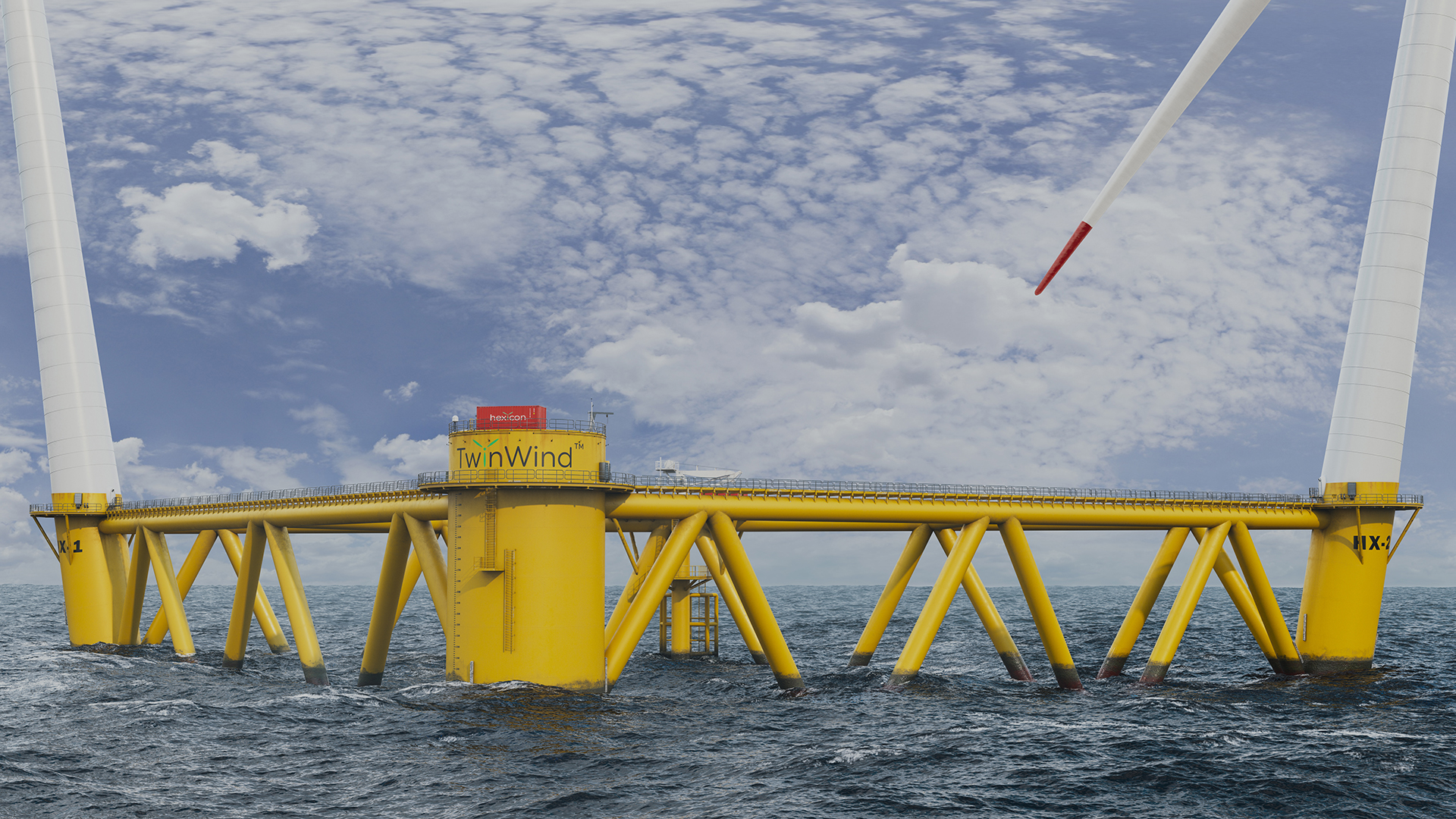With demand for clean energy growing globally, wind will be a critical component of reaching net zero targets.
In the U.K., the government has set a goal to generate 40GW of offshore wind power by 2030. Hexicon, a Swedish floating windfarm developer, is focused on delivering game-changing large-scale offshore floating wind projects along the British coastline and abroad as part of its mission to deliver cost-effective and reliable electricity and build a sustainable future.
Bechtel is supporting Hexicon to develop TwinHub, a 35-40 MW demonstration floating wind project, with the aim of establishing how the technology can be brought to market.
TwinHub is set to be the first floating offshore wind project in the Celtic Sea off the coast of Cornwall, a key steppingstone to the U.K.’s government achieving its 2030 target. Positive results from TwinHub will further bolster the U.K. as a world leader in offshore wind generation. The Celtic Sea is an important area for floating offshore wind development, with plans for up to 4GW of new floating wind capacity to be unlocked in the Celtic Sea by 2035.
Hexicon is drawing upon Bechtel’s engineering, construction, and project financing expertise to develop the design and constructability of the facility. In addition to demonstrating a 35-40MW floating wind project, the team is exploring the roles that local, U.K., and global suppliers could play for the long-term needs of the industry.
Game-changing technology
TwinHub will utilize Hexicon’s technology, TwinWind, a floating foundation that hosts two wind turbines and weathervanes around a single mooring point.
Current-day offshore wind farms rely on shallow platforms that are fixed to the seabed, but floating foundations enable wind farms to be positioned farther offshore, reducing visual and environmental impacts and improving wind conditions. The design also allows for increased energy yield per acreage because more turbines can be deployed per sea area since the foundation is aligned with the wind rather than the turbine.
The technology also reduces the costs of cabling, steel, installations, and maintenance, requiring less investment for the same amount of output and increasing investor returns.
Read more about U.K. floating offshore wind on the Bechtel blog.

